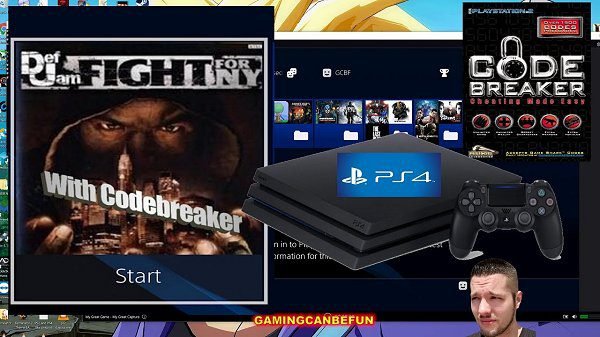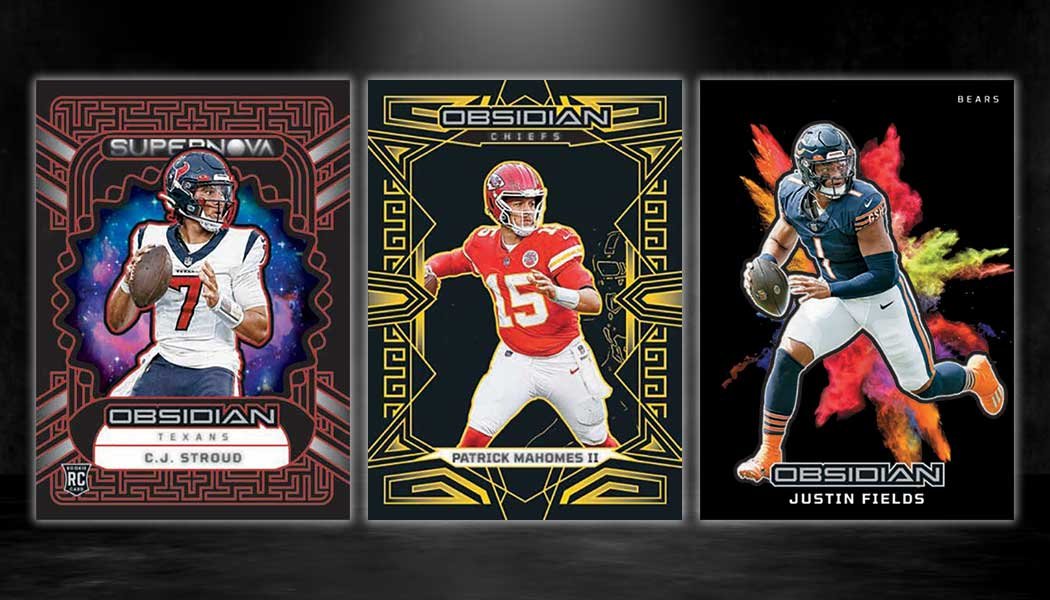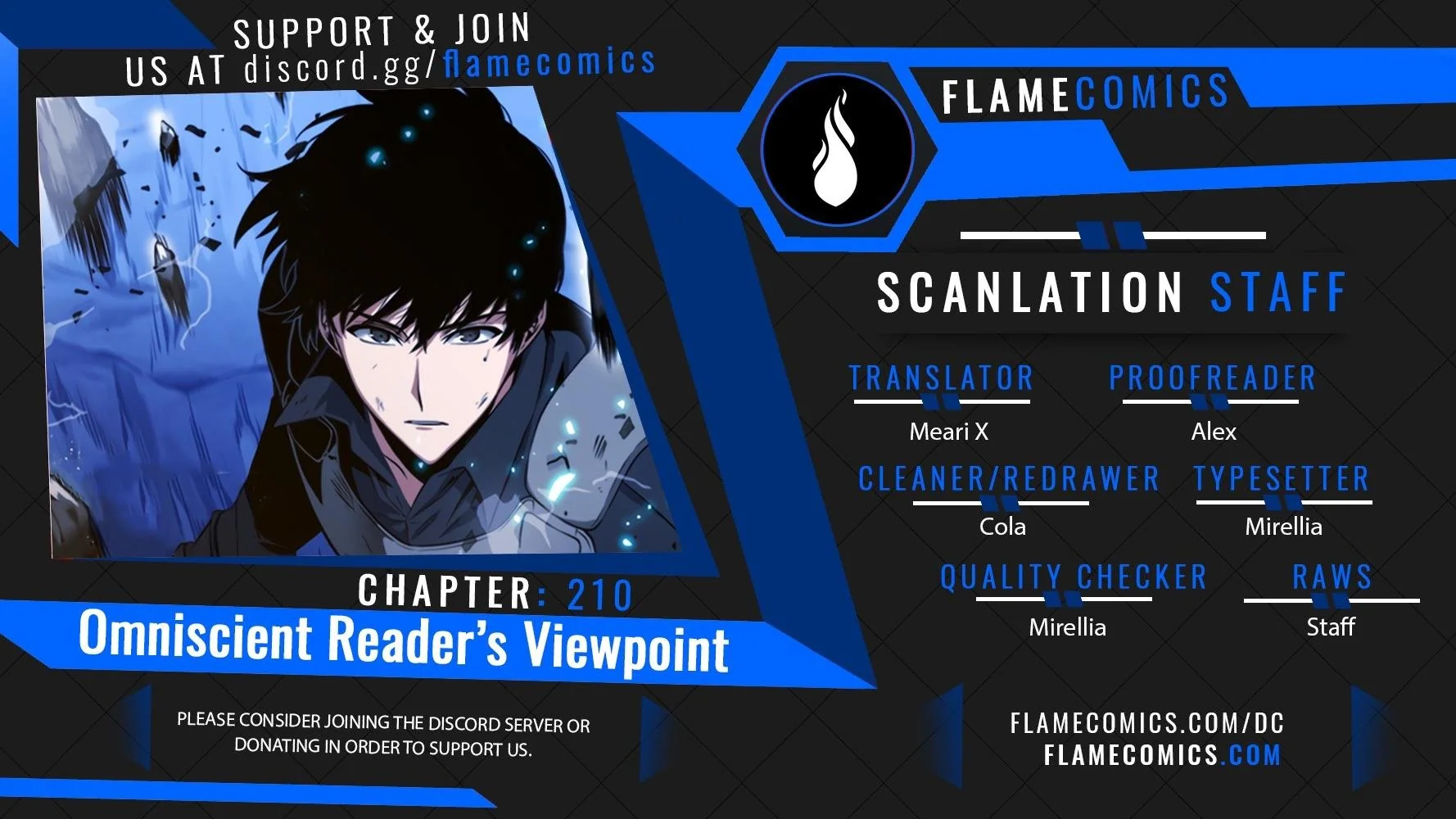Gamers around the world have long enjoyed the flexibility of cheat codes, especially on classic consoles like the PlayStation 2,ps2 port pal cheat code to ntsc-u cheat code . However, one common frustration that gamers face is the regional incompatibility of cheat codes. If you’ve ever tried to use a PS2 PAL cheat code on a NTSC-U version of a game, you probably found that it doesn’t work. PAL (Phase Alternating Line) is the video format used in Europe and other regions, while NTSC-U (National Television System Committee) is used in the U.S. and Canada. Converting a cheat code from one region to another is not always straightforward, but it’s entirely possible with the right tools and understanding.
In this article, we’ll walk you through the process of converting a PS2 PAL cheat code to NTSC-U cheat code, helping you enjoy your favorite cheat codes no matter where you’re playing.
You may also read: Cashmere Brown Drumkit Leaks: What You Need to Know About These Iconic Sounds
Why Do You Need to Convert PS2 PAL Cheat Codes to NTSC-U?
The PlayStation 2 is one of the most popular gaming consoles in history, and it has regional variants: PAL for Europe and NTSC-U for North America. Although the gameplay experience remains largely the same, cheat codes often differ between these regions due to differences in game versions. These differences arise from factors such as language, frame rate, and even programming changes made by developers to accommodate different television formats.
For example, a cheat code that works on the European (PAL) version of a game will not directly work on the U.S. (NTSC-U) version without some conversion. This is because memory addresses—the specific spots in a game’s code that cheats modify—can differ between versions, even if the game itself seems identical.
Common Reasons for Cheat Code Conversion:
- Regional Restrictions: PAL and NTSC-U regions have different formats that prevent direct compatibility of cheat codes.
- Game Versions: Even if the title is the same, small differences in code can affect how cheats interact with the game.
- Frame Rate Differences: PAL games typically run at 50Hz, while NTSC-U games run at 60Hz, leading to different memory allocations.
Understanding the importance of these differences is key when trying to convert cheat codes between regions.
What Tools Do You Need to Convert PS2 Cheat Codes?
To successfully convert a PS2 PAL cheat code to an NTSC-U cheat code, you’ll need specific tools designed to handle memory addresses and cheat code manipulation. Fortunately, several software solutions and online databases can assist with this process. Here’s what you’ll need:
Cheat Device or Software:
- Codebreaker: This is a popular PS2 cheat device that allows you to input and apply cheat codes during gameplay.
- MaxConvert: A program specifically designed for converting cheat codes between different formats and regions.
- Omniconvert: This tool helps convert between several cheat code formats, including Action Replay, Codebreaker, and Gameshark.
Cheat Code Database:
You can find existing codes for both PAL and NTSC-U versions of games online. Databases such as GameHacking.org or forums like PS2SaveTools offer a wide variety of codes that have already been region-verified.
Hexadecimal Editor (Optional):
If you’re manually converting cheat codes, having a basic understanding of how to use a hexadecimal editor can be helpful. This allows you to directly edit memory addresses and values.
Steps to Convert PS2 PAL Cheat Codes to NTSC-U Codes
Now that you have the necessary tools, let’s go through the step-by-step process of converting your PS2 PAL cheat code to NTSC-U.
Step 1: Identify the Code Type
Before you begin the conversion process, it’s important to identify the type of cheat code you’re dealing with. Most cheat devices like Codebreaker, Action Replay, and Gameshark use specific formats. Knowing which device your code is formatted for will help you choose the right conversion method.
For instance, a Codebreaker code might look like this:
1A23B67C 000000FF
While an Action Replay code may look like this:
F01000FF 0000000F
Step 2: Convert the Code Using MaxConvert
MaxConvert is an excellent tool for converting codes between different regions and formats. To use it, follow these steps:
- Open MaxConvert and select the format of your PAL cheat code.
- Input the cheat code you want to convert into the program.
- Choose the NTSC-U region as your output format.
- Click convert and wait for the software to generate the corresponding NTSC-U cheat code.
This process will take care of the technical details for you, including adjusting the memory addresses and values to match the NTSC-U version of the game.
Step 3: Test the Converted Code
Once the conversion is complete, you should test the new NTSC-U cheat code to ensure it works. This can be done on a PS2 emulator or on a physical PS2 console using a cheat device like Codebreaker or Action Replay.
If the code works as intended, congratulations—you’ve successfully converted the cheat code! If it doesn’t work, double-check the conversion or try a different tool such as Omniconvert to see if the issue lies in the conversion process.
Common Challenges When Converting PS2 Cheat Codes
Converting PS2 cheat codes between regions is not always foolproof. Here are some common challenges you might encounter and how to troubleshoot them:
Mismatched Game Versions
One of the most common problems is using cheat codes on the wrong version of a game. Even within the same region, games often have different versions due to updates, bug fixes, or added content. Always double-check that you’re using the correct cheat code for your specific game version.
Incorrect Code Format
Sometimes, the conversion process can result in a code that isn’t compatible with your cheat device. If this happens, try converting the code to a different format using tools like MaxConvert or Omniconvert. For example, you may need to convert from a PAL Gameshark code to an NTSC-U Codebreaker code.
Game Crashes or Glitches
If your game crashes or behaves erratically after applying a cheat, it’s possible the converted code is incorrect or incomplete. In this case, revisit the original cheat code and ensure you’ve followed the correct conversion steps. You might also want to consult online forums for advice from other gamers who have faced similar issues.
Best Practices for Using Cheat Codes Across Regions
While converting cheat codes can be tricky, there are a few best practices that can make the process smoother:
- Backup Your Game Saves: Before applying any cheat code, always create a backup of your game save. This ensures you can restore your progress if something goes wrong.
- Test on Emulators First: Emulators allow you to test cheat codes without risking your physical game or console. Use tools like PCSX2 to try your converted codes in a safe environment.
- Double-Check Code Sources:ps2 port pal cheat code to ntsc-u cheat code. Always use cheat codes from reputable sources to avoid applying faulty or incomplete codes.
FAQs
How do I convert a PS2 PAL cheat code to an NTSC-U cheat code?
What are the best tools for converting PS2 cheat codes?
Why do PAL and NTSC-U cheat codes differ?
Can I use converted cheat codes on a real PS2 console?
Where can I find PAL and NTSC-U cheat codes online?
Is it legal to use cheat codes in PS2 games?
Conclusion
Converting a PS2 PAL cheat code to NTSC-U cheat code may seem daunting at first, but with the right tools and guidance, it’s entirely manageable. Whether you’re a retro gamer revisiting old classics or a new player exploring the PS2’s vast library, cheat codes can enhance your experience. Just remember to use these codes responsibly and support the gaming community by obtaining codes from legitimate sources. By understanding how to convert cheat codes across regions, you can unlock new possibilities and take full control of your gaming experience.




